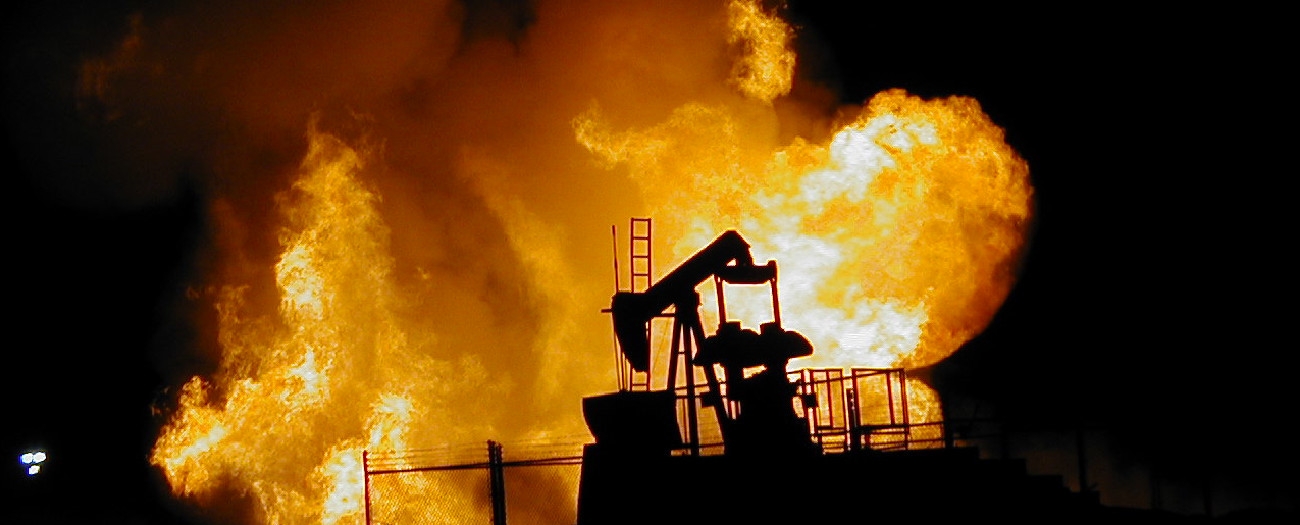The AER must act quickly when crisis strikes
Alberta - September 11, 2016It’s a reality in the oilpatch: incidents happen.
Pipeline breaches, well blowouts, sour gas releases, explosions, and other events can—and do—occur anywhere oil and gas activities happen, including in Alberta. The AER has stacks of rules and regulations that industry must follow to guard against such incidents, but sometimes that isn’t enough.
So when a pipeline leaks its product into a marsh or a gas well blows its top, the AER—like a doctor responding to an emergency—quickly switches from prevention to intervention.
“The AER is on standby to help operators manage all types of hazards,” assures Dave Noseworthy, Manager, AER Emergency Response & Preparedness. “Day or night, we’re prepared to help however we can.”
When an incident happens, the company makes a call that’s fielded by the AER’s duty officer, who gathers as much information as possible; things like, whether a spill enters a waterbody, and if so, what type of waterbody, the type of product (oil or produced water), and estimated volumes. Once the information is verified—and depending on the severity and type of incident—AER staff will travel to the site to evaluate.
Once on site, AER staff work with the company, local municipal authorities, and provincial and federal responders to coordinate a response and make certain AER response requirements are being followed. They’ll ask the company questions such as, have they determined if wildlife is impacted? Do they know how far a slick has travelled downstream? Have they deployed booms to contain the spill? Have they notified stakeholders in the area?
Most companies initiate the response and the local authority leads in matters affecting public safety within its jurisdiction. The AER often works with Alberta Environment and Parks to ensure efficient and effective response to incidents.
The AER requires every operator to be prepared to respond quickly and effectively to protect the health, safety, and welfare of people and limit damage to property and the environment. Companies are required to hold emergency exercises each year, many of which the AER attends or evaluates.
Should a company prove ill-prepared or incapable of responding to an incident, the AER may take control of response activities. Most operators are prepared and hit the ground running when trouble arises. Sometimes, however, AER staff arrive on scene to find no action is being taken, which can be trying.
“It’s frustrating when a company is slow to respond,” Noseworthy says. “Sometimes they may simply be overwhelmed by the situation, but that’s where we can step in and provide direction.”
This direction extends to making sure the local stakeholders—such as indigenous people, landowners, and communities—know what’s happening. Stakeholders have a right to be informed, so communicating with them is not a nice to have, it’s a must have in incident response.
“Under Alberta’s Environmental Protection and Enhancement Act, the operator or polluter has to communicate with stakeholders as soon as reasonably possible, and one of the first questions we’ll ask is if they’ve been notified,” Noseworthy says, adding that the AER can help with this notification, depending on the circumstances.
The AER’s response experts are aided by cutting-edge technology. The mobile incident command trailer packs an array of gadgets—including a drone—to manage incidents, as does the air monitoring unit, which can sniff out sour gas and other emissions.
Noseworthy notes that each incident presents itself as a learning opportunity as well as a teaching experience. “Lately, we find that more and more companies are willing to meet with us after an event is over to discuss the response and take away lessons.”
AER staff involved in an incident do their own debrief as well. “We learn too. A post-incident assessment, or after-action review as we call it, is important as it allows us to discuss what went right and what didn’t, and what we need to do next time.”
John Ludwick, Writer


